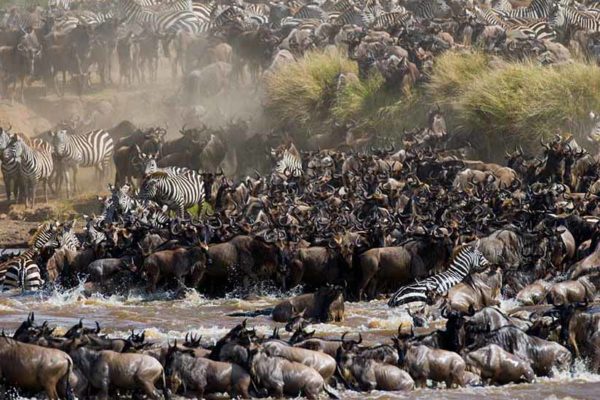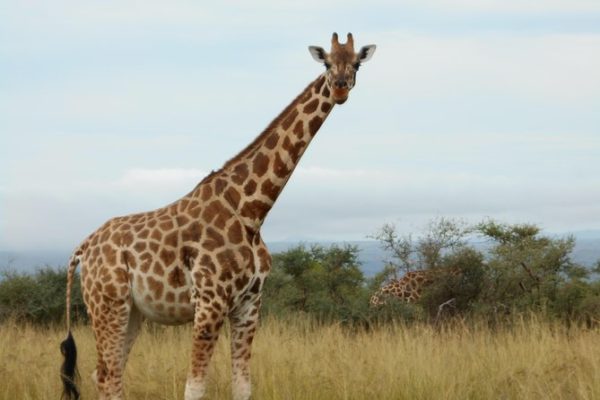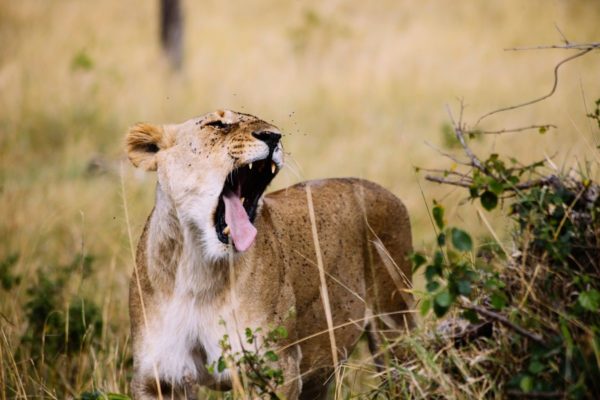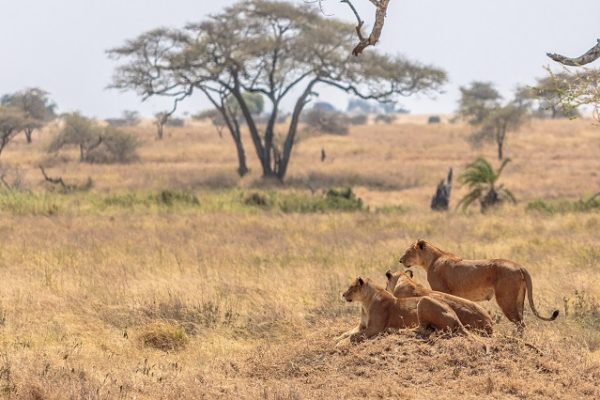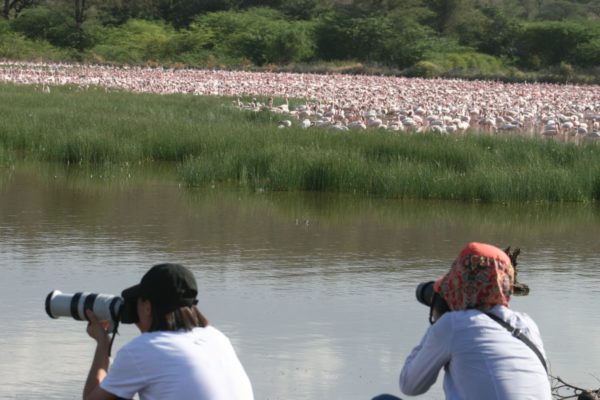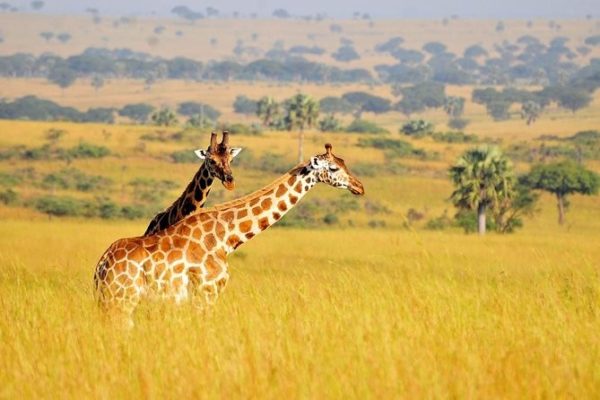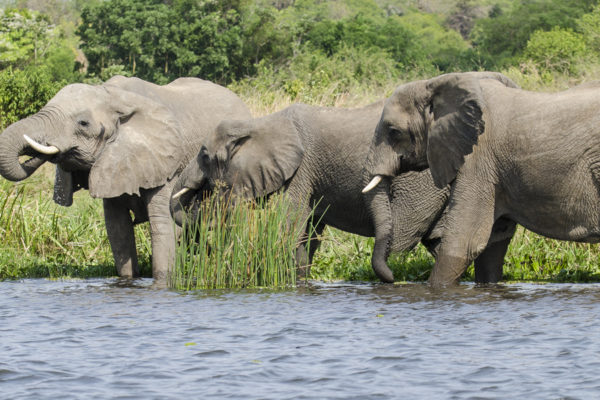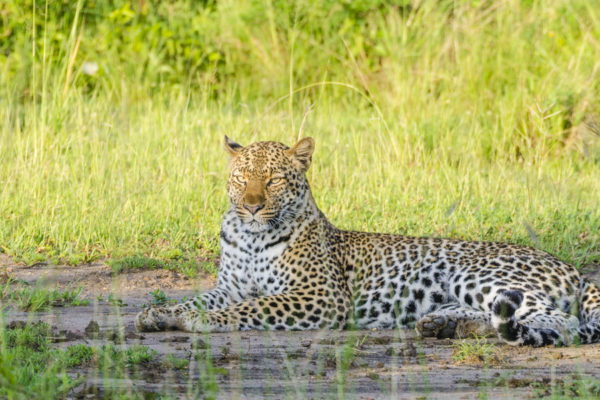KILIMANJARO NATIONAL PARK
[fusion_dropcap boxed=”yes” boxed_radius=”” class=”” id=”” color=”#333333″]L[/fusion_dropcap]ying approximately 300kms south of the Equator crossing, Kilimanjaro National Park is undoubtedly one of the most magical Tanzania safari destinations. It derives its name from the magnificent Mount Kilimanjaro which itself it an outstanding safari site to explore on Tanzania safari. This park is set near Moshi Town in the Northern side of Tanzania above the rolling hills and plateau of Amboseli National Park. It established as a national park in 1973 and extends to cover an area of about 1688sq.kms. Like other safari parks in Tanzania, Kilimanjaro National Park is under the management of Tanzania National Parks Authority.
History of Kilimanjaro National Park
Like just other safari parks in Africa, Kilimanjaro National Park is credited for its history that you can explore while on Tanzania safari. Its unique history can be traced back to the 20th century when Mount Kilimanjaro and nearby forests were set as a game reserve under the German colonial government. By 1973, it was reclassified as a national park and in 1987, the United Nations Educational, Scientific and Cultural Organization designated it as a UNESCO World Heritage Site. In 2005, this protected area size was extended to incorporate the whole montane forest which today makes up the vast Kilimanjaro National Park. Today, Kilimanjaro National Park is one of the unusual Tanzania safari destinations.
Attractions in Kilimanjaro National Park
Wildlife
This park is home to an estimate of 140 mammal species and Tanzania wildlife safari here involves sighting wildlife species such as leopards, cape buffaloes and these can easily be sighted in the park’s montane forest, moorland, and grassland. Elephants can be spotted around Tarakia and Namwai Rivers, the Kilimanjaro tree hyrax, grey duikers, primates such as blue monkeys, bushbabies, western black and white colobus monkeys. You will also come across diverse butterfly species, tree frogs as well as Jackson’s three-horned chameleon and the 2 horned chameleons.
Birds
An estimate of over 170 bird species have been recorded in this park alone and they include Ruppell’s robin chat, Gabar goshawk, long-tailed trogon, grey hornbill, white-cheeked barbet, green Hartlaub’s turacos, the common bulbul, yellow beneath, blue napped mousebirds, resident black-shouldered kite, white-necked raven, the African fish eagles, African pygmy kingfisher.
Mount Kilimanjaro
Mount Kilimanjaro is of no doubt iconic attraction not only in Tanzania but East Africa at large. This magnificent volcano consists of 3 scenic volcanic cones (Shira cone, Mawenzi, and Kibo volcano cone). Compared to other volcanoes in Africa, Kilimanjaro is a dormant volcano and it is rated as Africa’s highest mountain and the highest single free-standing mountain on planet earth. It positioned between elevation 5895m and 4900m from its plateau baseline. Hiking to its summit rewards travels endeavors with a breathtaking view of its scenic glaciers.
The vegetation of Kilimanjaro National Park
Kilimanjaro National Park is comprised of 4 distinct vegetation zones and each zone hosts diverse plants and wildlife. The vegetation here ranges depending on elevation whereby from 1800-3000m it is mainly an evergreen rainforest, vascular plant species, and the common forest trees; between elevation 4000 and 5000m it is the alpine zone, the glacier is mainly at an elevation of 5000m. Heath and Moorland exist at elevation 2800m.
Activities to do in Kilimanjaro National Park
Mountain climbing
Climbing to the summit of Mount Kilimanjaro is probably one major reason why most tourists visit this park. The routes to take on while on a hike to Mount Kilimanjaro include Lemosho, Umbwe, Kilema, and Machame. At the summit of this magnificent volcano, you stand a chance to explore the twin peaks-Mawezi and Kibo at altitude 5149m and Shira at 3962m.
Game viewing
Embarking on game viewing in this pristine park involves spotting leopards, cape buffaloes in the park’s montane forest, moorland and grassland; Elephants around Tarakia and Namwai Rivers, the Kilimanjaro tree hyrax, grey duikers, primates such as blue monkeys, bushbabies, western black and white colobus monkeys as well as birds.
Bird watching
If you love bird watching, a visit to Kilimanjaro National Park this coming holiday on Tanzania safari is worth your time. Birding in this park is so rewarding with astonishing bird sights such as the white-necked raven, the African fish eagles, Gabar goshawk, long-tailed trogon, grey hornbill, fish eagles, Ruppell’s robin chat, yellow beneath, blue napped mousebirds, resident black-shouldered kite, white-cheeked barbet, green Hartlaub’s turacos, the common bulbul, African pygmy kingfisher. To make your birding experience successful and memorable, make sure you pack binoculars and cameras.
Nature walks
Discover how Kilimanjaro National Park is gifted by nature by embarking on a guided nature walk. While on a nature walk, you have the opportunity to come across diverse wildlife, primates like baboons, red-tailed monkeys, black and white colobus monkeys; plants, birds.
Cycling
Cycling is another unique way to uncover what this park holds for the world. There are 3 stations where cycling always starts from and each offers an amazing view of the vast farmlands and surrounding areas of the Chagga residents.
Best time to visit Kilimanjaro National Park
Hiking or climbing in Mountain Kilimanjaro National Park is best done in June, July, August, September, October and December, January, Mid-March. The wet months which start in April, May, and November are ideal for bird watching.
Where to stay in Kilimanjaro National Park
The major lodges to spend a night in this park include Snowcap cottages, Kilimanjaro Mountain Resort, Mount Kilimanjaro View Lodge, Salinero Hotel, Panama Garden Resort or camp in anyone of the huts and campsites on Mount Kilimanjaro.
Getting to Kilimanjaro National Park
By road, visitors on Tanzania safari can reach Kilimanjaro National Park starting from Arusha Town then drive to Moshi Town which is 123kms away and connect to Marangu which park’s headquarters on Moshi side about 48kms. By air, visitors can fly up to Kilimanjaro International Airport and then drive to the park within 1 hour and 30 minutes (approximately 80kms).
Related Tanzania National Parks – Where to go for a Tanzania Wildlife Safaris Tour
Serengeti National Park is remarkably one of the oldest and the most popular national parks in the world. This protected area lies between the Mara and Simiyu region of Tanzania. It was founded in 1951 and in 1979, it was designated as UNESCO World Heritage Site. Serengeti National Park sits in an area of about 15000sq.km and it largely consists of woodland. View Details Here
Arusha National Park is rated among the smallest parks in Tanzania and it lies in the Northeastern side of the country. It is 25kms from Arusha, 58kms away from Moshi Town and 35kms from Kilimanjaro International Airport. Despite its size, this park is by far one most unusual wilderness area to consider a must-visit on Tanzania safari. It was founded in 1960. View Details Here
Ngorongoro Conservation Area is a magnificent wilderness area of its own and also a designated World Heritage Site that is worth exploring on Tanzania safari. It is an extensive protected area with stunning volcanic Ngorongoro Crater and also features as a home to complete big five African game. This conservation area was founded in 1959 and occupies an area of 8292sq.kms. View Details Here
Tarangire National Park takes its name from Tarangire River and exceptionally, it features among a few safari parks which offer tourists on Tanzania safari with unique and authentic experiences. This park straddles within the Northern circuit of Tanzania, Lake Manyara region and it is famous for its large herds of elephant migration which make it an excellent Tanzania safari destination. View Details Here
Lake Manyara National Park is of no doubt one of Tanzania’s exceptional safari parks tourists on Tanzania safari should consider a must-visit. It is approximately 126kms Southwest of Arusha Town. Lake Manyara National Park was founded in 1960 and it covers an area of only 330sq.kms which makes it one of the smallest parks in Tanzania. Lake Manyara National Park is surrounded by Tarangire National Park and Serengeti National Park. View Details Here
Mahale Mountains National Park is set along the shores of Lake Tanganyika, Kigoma area Western Tanzania. Compared to other protected areas, Mahale Mountains National Park is remotely located providing tourists on Tanzania safari with exceptional wilderness experiences. It takes its name from the Mahale Mountain range which lies at its border. Mahale Mountains National Park. View Details Here
Ruaha National Park is set in the heart of Tanzania, approximately 130kms away from Western Iringa Town. This park was founded in 1964 and it is named after the Great Ruaha River that flows on its Southeastern side. It sits in an area of about 20226sq.kms making it the most extensive national park in Tanzania and East Africa at large. It covers a section. View Details Here
Udzungwa Mountains National Park is one of the best parks to visit on Tanzania safari. In 2015, this park was ranked the third best place to visit by the New York Times. It is situated south of Mikumi National Park and it is popular as the Galapagos of Africa. It takes its name from the word Wadsungwa which denotes Kihehe language as people. View Details Here
Rubondo Island National Park is one of the 2 only stunning island safari parks which straddle in the islands of Lake Victoria. From western Mwanza, this protected area is 153kms away and its highest point is Masa Hills in the South which stands at altitude of about 1486m. It was gazetted as a game. View Details Here


